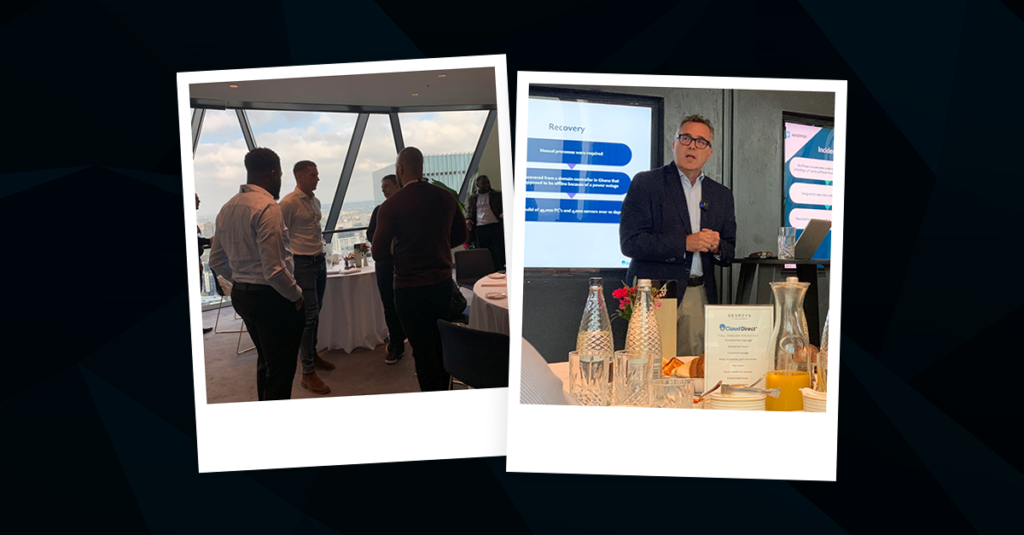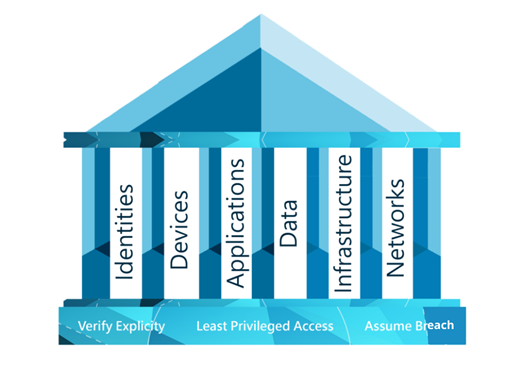
90 percent of companies have experienced business IT downtime, and half of enterprise employees report losing access to critical data during outages. Although this sounds scary, disaster-proofing your business isn’t as difficult as it might seem. By deploying a range of cloud-ready tools, you can ensure your team are always online and productive. Even when severe weather conditions or transport strikes mean they’re stuck working from home.
Here are the top three ways to disaster-proof your business IT so you can focus on what matters most: growth.
1. Mitigating a downtime disaster
In 2015, Microsoft reported only 10 hours of downtime, down from 39 hours the year before. In fact, in their SLA for virtual machines, they guarantee external connectivity at least 99.95 percent of the time.
This decreased downtime is a step forward for cloud computing, but how can you make it work in your business?
In 2016, Citrix and Azure teamed up to bring cloud users access to remote desktops. Because virtual desktop infrastructure (VDI) is hosted on the server and not the computer, it means that if your business experiences an outage like hardware failure, you can locate another machine and load up your desktop as if you were stationed at your own. Same software subscriptions, same applications.
Of course, there are many causes of business IT downtime. Hardware failures are one such case. But Citrix VDI benefits from Azure’s state-of-the-art cloud backup features including geo-replication and failover groups. So, if in the unfortunate event a server goes down, you’ll still have access to up to four readable secondary databases in the same or different data centre locations.
2. Compliance at every turn
25th May 2018 marks the first day of the General Data Protection Regulation (GDPR), and every business must be data compliant. If you’re not, your business can be fined up to four percent of annual global turnover or €20 million (whichever is greater). But if you’re partnering with a cloud vendor like Microsoft Azure, data compliance is built into the tools you use.
Every VDI application and desktop is built from the ground up with compliance, transparency and trustworthiness in mind. Backed by Azure’s trust centre, VDI is shrouded in a matrix of proactive security measures including Active Directory, Enterprise Mobility and multi-factor authentication, all of which are fully compliant and let you manage the safety of your data straight from the source.
3. Lost or stolen devices
More than half of millennial workers want a flexible or alternative working schedule. That means working away from the office during hours that suit them. Prior to cloud development, this would have posed a serious risk to business security. Today, however, this isn’t the case.
VDI gives you full control over your devices straight from the Azure portal. Lock and shut down lost devices using Enterprise Mobility, for example, and keep important company data safe. Other tools like Azure’s Intune comes with enterprise-level mobile security, too, which lets you keep up-to-date on work when your laptop is out of sight.
Stay productive, stay secure
As disastrous as downtime, non-compliance and lost devices can be, cloud computing ensures that your data stays in your hands, and your hands only.
By 2020, half of the UK workforce will be working remotely. Virtual desktops, then, are your ticket to continual business growth. By giving your employees the freedom to work from any location and on any device (while remaining secure), your business can become disaster-proof, meaning you can continue onwards, night and day.







